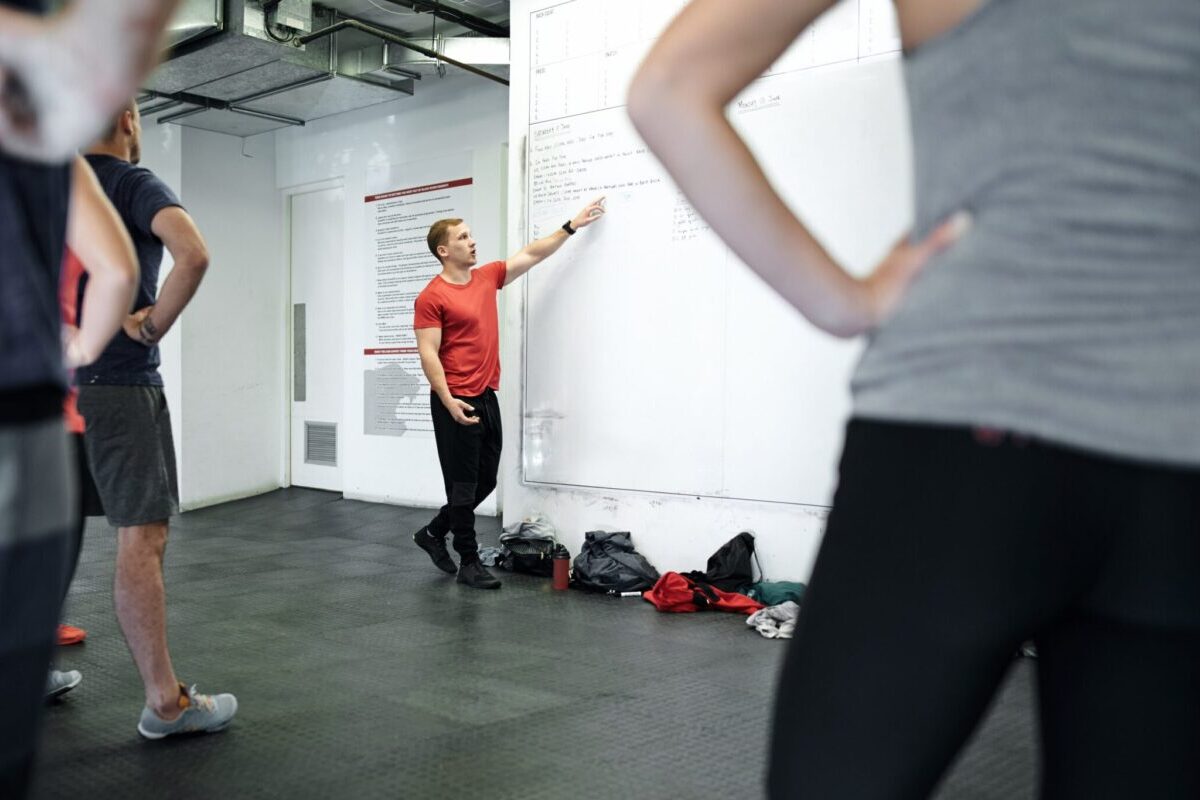Supporting women in the workplace

To support women at work, employers should do more to promote excellence, address bias and reduce burnout, explains Kathryn Jellings of 3SC.
In comparison with others, the employability and skills sector has perhaps a better track-record of supporting women at work but we remain far from the holy grail.
Progress has been hampered by the Covid pandemic. For example, a McKinsey survey in 2021 found that 1 in 3 women considered leaving their job or downsizing their work while the gap between women and men suffering from burnout has doubled.
3SC, part of Twin Group, recently hosted a webinar where we joined by Twin Group CEO Caroline Fox and three leadership coaches, Edwina McQueen, Jen Smollett and Sarah Clein, to discuss what lies behind the challenges women face and what employers should do more to promote excellence, address bias and reduce burnout.
Rewarding excellence
Being regarded as ambitious can work against women in the workplace. For every 100 men who receive a promotion, only 89 women also benefit and the figure (82) is worse for females from a minority ethnic background. We call it the broken rung and then there is the glass cliff where women are promoted into positions where there is a higher risk of failure.
Organisations are missing out for four main reasons: women are creative and innovative; they can generate profit just as well as their male colleagues; they are better at gauging customer interests and demand; they attract and retain talent; and they enhance the company brand.
So employers should fix the broken rung by firstly identifying where the gender gap in promotions lies and that normally means getting more women into leadership positions. Employers also need to better understand the business case for equality, diversity and inclusivity (EDI). Adopting family and carer friendly policies and approaches can make a difference, e.g. recognising that events and networking opportunities can often be difficult for those with caring responsibilities, particularly events outside of working hours.
The evidence shows that women can provide support for their contemporaries through appropriate networking and sharing with each other, in person or online using professional platforms such as LinkedIn. Having a mentoring system can make a big difference and the mentors can be anyone, including men. At the same time, women-only leadership and development programmes are well received. Finally apprenticeships are great for female progression, especially in sectors where there has been a traditional gender bias against it.
Tackling inherent biases
There are deeply ingrained biases which need to be tackled. Some female leaders feel that they have to be more careful about not appearing to be too demanding or assertive. Equally women are often expected to be personable but not too personable. We are told that displaying competence needs to be accompanied by warmth. However our propensity for kindness apparently does not make us well suited to managing budgets. There are many such myths!
When it comes to promotion, often male candidates are evaluated on their future potential whereas women tend to be judged on past performance. Then of course the motherhood bias still persists. On our webinar, we heard about interview feedback to one female candidate being “you won’t want to travel”. The fact is that women don’t necessarily fit into these biases and employers should see them as individuals. Organisations should work to lessen the impact of biases and to support their female colleagues well.
Reducing burnout
The webinar included discussion on burnout and perimenopause, which can start for women in their mid-30s, and the impact of Covid still being felt. A survey by Westfield Health in 2022 found that 46% of workers considered themselves to be close to burnout. Midlife women in particular are often dealing with teenage children and caring for older parents at the same time as holding down a job. Long NHS waiting lists and lack of social care adds to the burden and this leads to women leaving employment, reducing the number of role models for other female colleagues to follow. Many feel ‘moral injury’, i.e. they are unable to deliver their best even though they are trained, and a good example of this is paramedics sitting with patients in queuing ambulances outside A&E.
We also talked about solutions. Some strategies for reducing the chances of burnout include women prioritising self-care, such as leaving time for a break in the working day and taking a walk. Everyone should ensure they have their own boundaries, the obvious being limiting excessive work hours and access to email out of hours and on holiday. Developing a support network is recommended when feeling pressure and if there are early signs of burnout, it is advisable to seek professional help.
Employers have got better in making resources and training available on the menopause, both face-to-face and online. As well as having a menopause policy, organisations should give serious consideration to managers attending the training to increase their understanding.
Next steps for supporting female colleagues better
Bringing together the issues of promotions, gender biases and burnout, employers should implement the following steps to better support female colleagues:
- Address workplace issues instead of shying away from challenging ones
- Encourage colleagues to have a work-life balance
- Provide well-being support
- Foster a supportive workplace culture and
- Allow women to advocate for company policy changes on issues such as pay, culture and affordable childcare.
These suggestions support everyone in the workplace, are low cost and easy to do!
By Kathryn Jellings, Director of 3SC/Twin Group











Responses